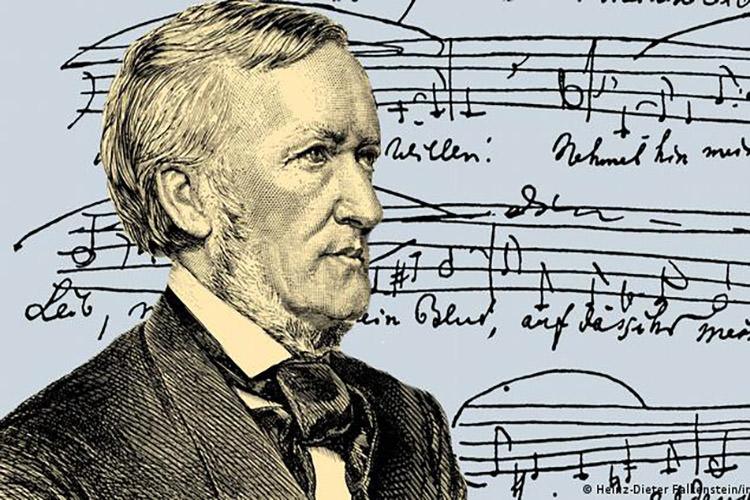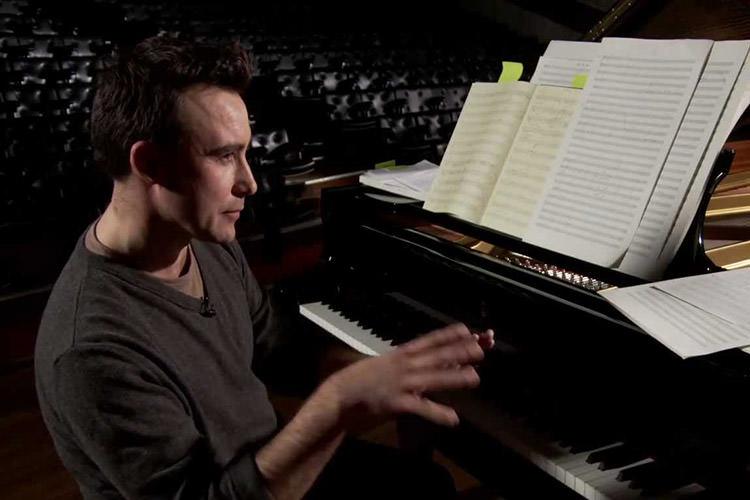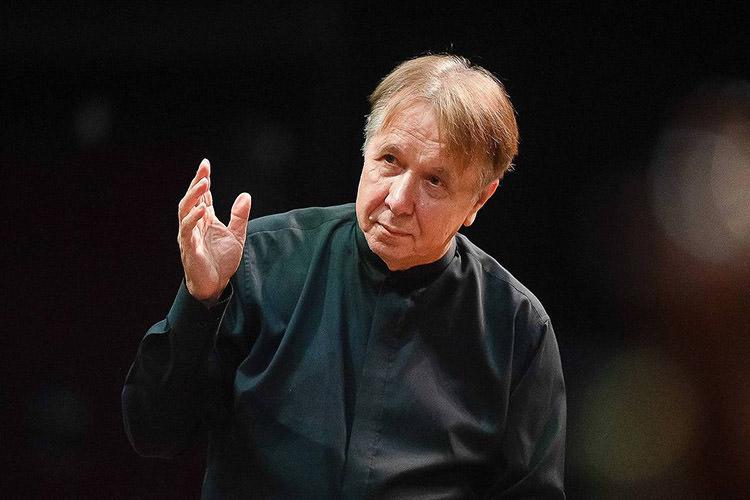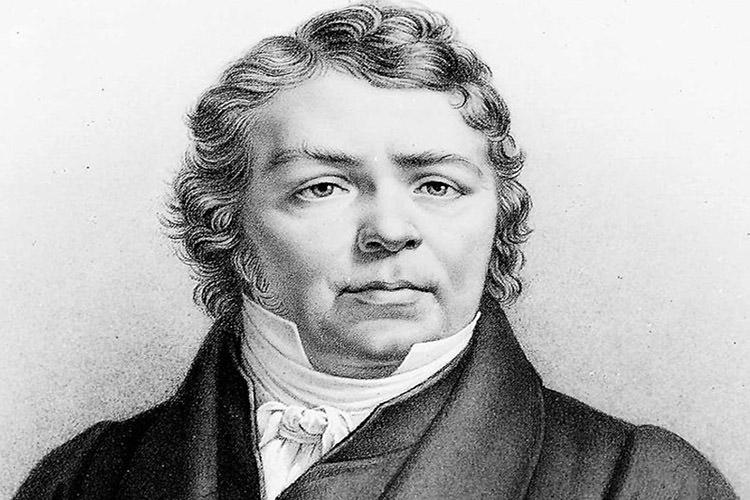Some of the best arrangements of famous classical works
Classical music has always been regarded as a symbol of culture and refined tastes. Yet as the music scene itself has grown more diverse, keeping up on the best classic compositions and arrangements has become trickier with each day.
Nowadays, it’s not at all uncommon to recognize a piece of classical music when you hear it on the radio, and yet now know the name of it, or who’s orchestrating it. Today, we’re trying to change that.
As the years have passed composers and musicians all over the world have poured over the works of fellow artists, and rearranged them in their own unique vision. Listening to a new arrangement of a classical piece is not only pleasurable, but can also work to change your perspective of the work altogether.
So here are some of our favorite arrangements of famous classical works.
Bach’s Ricercar from The Musical Offering (arr. Anton Webern)

Austrian composer Anton Webern was well-known for the complexity of his music. Rather than performing a linear piece, you got the impression that Webern constructed his orchestras from a million tiny specks, arranged all over the scene.
And his version of Johann Sebastian Bach’s Ricercar (also known as The Prussian Fugue) from the collection The Musical Offering, is no different. In Webern’s uniquely haunting vision, the original keyboards of Bach’s Ricercar have been replaced with violins, which blend seamlessly with Webern’s distinctive clarinets and trumpets, to create a colorful reimagining of one of Bach’s most well-known works.
Beethoven’s Symphony No. 9 (arr. Richard Wagner)

There seems to be a lot of debate over composer Richard Wagner’s arrangement of Beethoven’s Symphony No. 9. Where many rearrangements usually involve stepping up the original piece, and lending a more dramatic air to it, Wagner’s interpretation of the classical work seems to do the exact opposite.
Whereas Beethoven’s original Symphony No. 9 is a haunting, dramatic piece, Wagner’s rearrangement can best be described as relaxing music. His rethinking of Beethoven’s classic recreated the piece with a focus on piano, soloists, and choir, which lends the work a certain air of domesticity. In Wagner’s reinterpretation, the symphony certainly seems subdued, which is necessarily a bad thing. Rather, this is definitely one of the most radically different arrangements on this list.
Handel’s Acis and Galatea (arr. Wolfgang Amadeus Mozart)

There’s certainly something dreamy about George Frideric Handel’s Acis and Galatea, like listening to a wondrous fairy tale unfold before your ears. Whereas earlier, we talked about Wagner and Beethoven’s radically different takes, now we’re looking at an arrangement that changes surprisingly little from the original.
In fact, listening to Handel’s and Mozart’s versions of Acis and Galatea side by side, the untrained ear will be hard-pressed to spot the difference. However, if you listen carefully, you’ll notice that Mozart’s version has slightly more poise. In replacing the traditional oboes and bassoons with flutes and clarinets, Mozart also makes the work lighter, and a touch more esoteric.
Bach’s Cantus (arr. Joseph Phibbs)

You’re bound to have heard some version of Bach’s Cantus somewhere (usually in a religious setting), and may even have heard Phibbs’ wonderful reimagining.
Rearranging the entire piece for a string quartet, Phibbs uses a mesmerizing violin duet to pigment Bach’s already incredible work. To add more layers to the work, Phibbs also deftly blends in unexpected elements like the continuo bass, and the pizzicato to create a stunning contrast in this wonderfully soothing music.
Purcell’s Funeral Music for Queen Mary (arr. Steven Stucky)

Henry Purcell’s Funeral Music for Queen Mary is one of the most recognizable funeral pieces of classical music in the world today. Written only a short while before the composer’s own demise in 1695, the piece is at once solemn, and riveting, both elements that can be found in Stucky’s own reimagining.
For this one, the Pulitzer Prize-winning composer used his deep understanding of harmony, but also the courage that has made his own works (like the Grammy-nominated August 5, 1964) stand out in recent years. If you will, Stucky’s arrangement of Purcell’s classic is like the modern remastered version of an already well-loved song.
Musorgsky’s Pictures at an Exhibition (arr. and orch. Maurice Ravel)

Russian composer Modest Musorgsky’s Pictures at an Exhibition is another one of those incredibly well-known classical music pieces that you’ve heard somewhere before. That is, at least, if you listen to Musorgsky’s classical arrangement for the piano.
If you take on Ravel’s re-arrangement for the orchestra, however, you might find yourself hard-pressed to recognize it as the same music. What Ravel so stunningly manages to do with this arrangement is bring forth a myriad of distinct voices, through his use of string and woodwind instruments, from what was, originally, simply a piano piece.
Tchaikovsky's Pas de Deux (arr. Mikhail Pletnev)

We return to Russian composer Mikhail Pletnev for another stunning arrangement, this time of Tchaikovsky’s classical Pas de Deux (from the Nutcracker ballet). One of the most instantly recognizable pieces from the show, Pas de Deux feels deliriously intimate, yet forward, in Pletnev’s bold reimagining for the piano.
This interpretation of the piece quickens the pulse of the listener, and brings home the tremendous urgency buried inside the original piece.
Beethoven’s Symphony No. 4 (arr. Johann Nepomuk Hummel)

Another one of Beethoven’s great, world-renowned pieces, Symphony No. 4 is memorable by its dark, brooding beginning, as well as the solemnity that pervades through the entire piece. And yet, Austrian composer Hummel manages to shine a new light on this fascinating piece, by reimagining it for the flute, cello, piano, and violin.
The symphony’s original military-like rhythm is at once heightened and mellowed by Hummel’s powerful reinterpretation. While definitely not our idea of relax music, the piece certainly is essential listening for any Beethoven aficionados.
Eager to hear more wonderful reimaginings of classical works? Radio Art offers a whopping 34 different radio channels, all focused on classical music. From deep relaxation, to moving war pieces, to the most heartbreaking sonatas, Radio Art makes sure to offer its listeners a wide and varied selection of classic works, both in their original writing, as well as in more modern arrangements.
Our website respects the intellectual property rights of creators, as well as the music rights of authors and composers.
The musical works are provided solely for the private use of each visitor/user
and any further exploitation of them in any way is prohibited without prior permission from AUTODIA and EDEM Rights.
Radio Art is fully approved by the Greek Collective Rights Organizations | AUTODIA | EDEM Rights
Copyright © RABS - Radio Art Broadcasting services Ltd. All rights reserved.
The Art of Relaxing & Meditation Music
Privacy Policy & TOS








